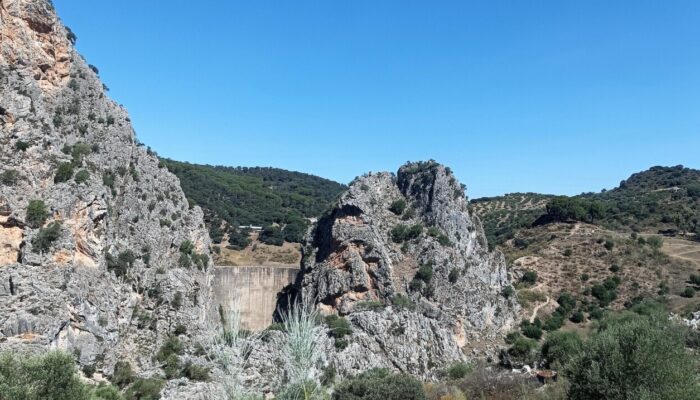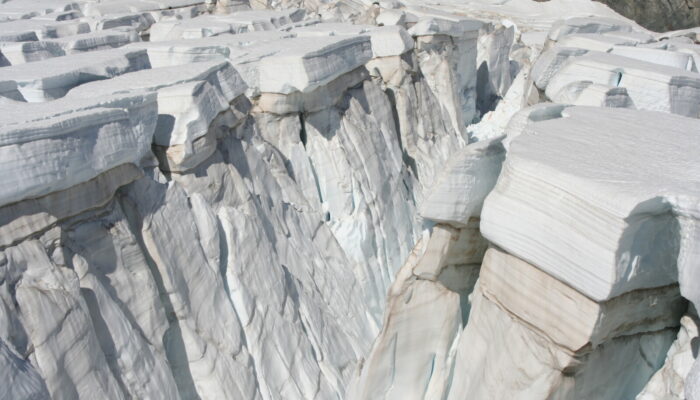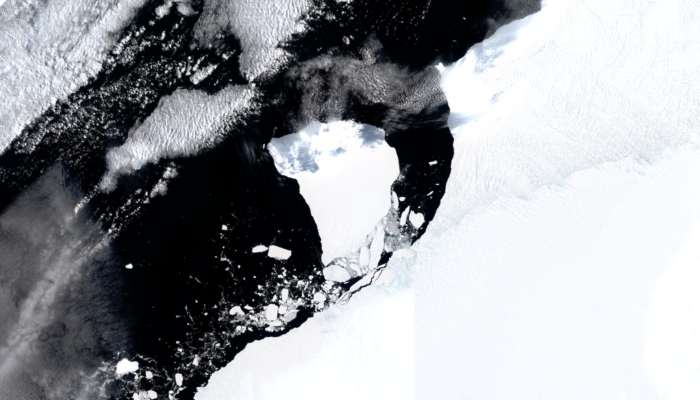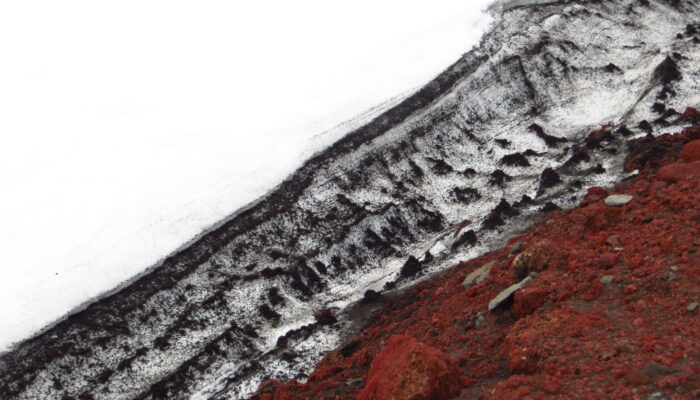The Montejaque dam, with its 84 meters of height, is one of the first vaulted dams built in Europe. Currently, it remains only as a vestige of one of the major hydroelectric projects by the “Sevillana de Electricidad” company. Preliminary studies for its construction began in 1917. Some of these studies indicated that the project was unfeasible due to the karstic nature of the terrain, ...[Read More]
Imaggeo On Monday: Elegance with no functionality




